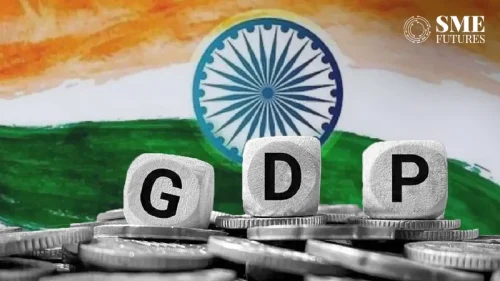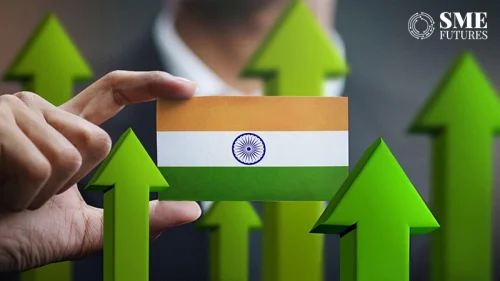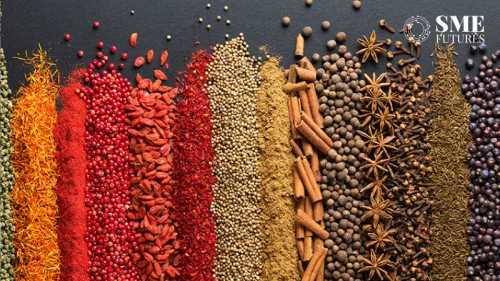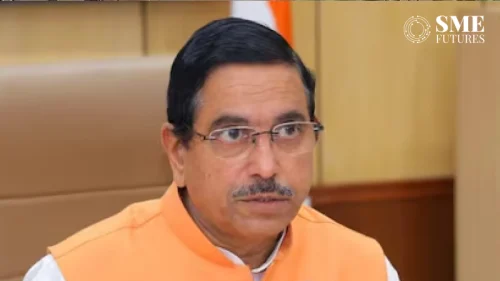India’s economic growth is likely to hover between 0 to 1.5 per cent in the current financial year as the extended COVID-19 lockdown slows down activity across most sectors, the Confederation of Indian Industry (CII) said.
“Given the extent of damage to the economy from disruption to business, the GDP growth in FY21 is likely to be the lowest in many decades,” said Director General Chandrajit Banerjee while releasing a paper with three scenarios.
In the baseline scenario, the GDP is expected to grow at just 0.6 per cent on an annual basis as economic activity is expected to remain constrained due to continuing restrictions on the free movement of goods and people beyond the lockdown period.
This will lead to disruption in supply chains, slow pick-up in investment activity, labour shortages in the short-run and muted consumption demand on account of reduced household incomes.
In the optimistic scenario, which envisages a faster pick-up post the lockdown period, GDP is forecasted to register a growth of 1.5 per cent in the best case.
In case of a more prolonged outbreak, where the restrictions in existing hot-spot regions get extended while new regions are identified as hotspots leading to intermittent stop and start in economic activity, the GDP is likely to decline to 0.9 per cent.
“There is no doubt that the economy is going through turbulent times and India will have to spend navigating its way out of the current crisis. At this stage, the government must do whatever it takes to tide over the crisis,” said Banerjee.
In manufacturing, only food processing, pharmaceuticals and medical equipment are operational while construction and mining activities have halted completely.
Within services, a majority of trade, transportation and hospitality remains closed while financial, IT and government services remain partially operational. Even in the power sector which can operate, a significant reduction in demand owing to lockdown is having adverse impact.
Any significant revival in investment activity is unlikely as capacity utilisation levels may remain suboptimal, said the paper. Consumption demand is likely to remain lacklustre as people’s incomes have been impacted.
On the external front, as economies across the globe continue to struggle with the pandemic, global trade may decline by 13 to 32 per cent in 2020 as estimated by the World Trade Organisation.
“Given the situation, government intervention becomes critical not only to sustain the economy but also to prevent any humanitarian crisis,” said the paper.
The urgent fiscal interventions as suggested by CII should include cash transfers amounting to Rs 2 Lakh crore to Jan Dhan, Aadhar, Mobile (JAM) account holders in addition to the Rs 1.7 lakh stimulus already announced.
The industry body also suggested additional working capital limits to be provided by banks equivalent to April to June wage bill of the borrowers backed by the government guarantee at four to five per cent interest.
“Without an increase in government spending in the near term to drive an economic recovery, government revenue will dwindle and high deficits will continue to be a problem in future,” said the paper.









